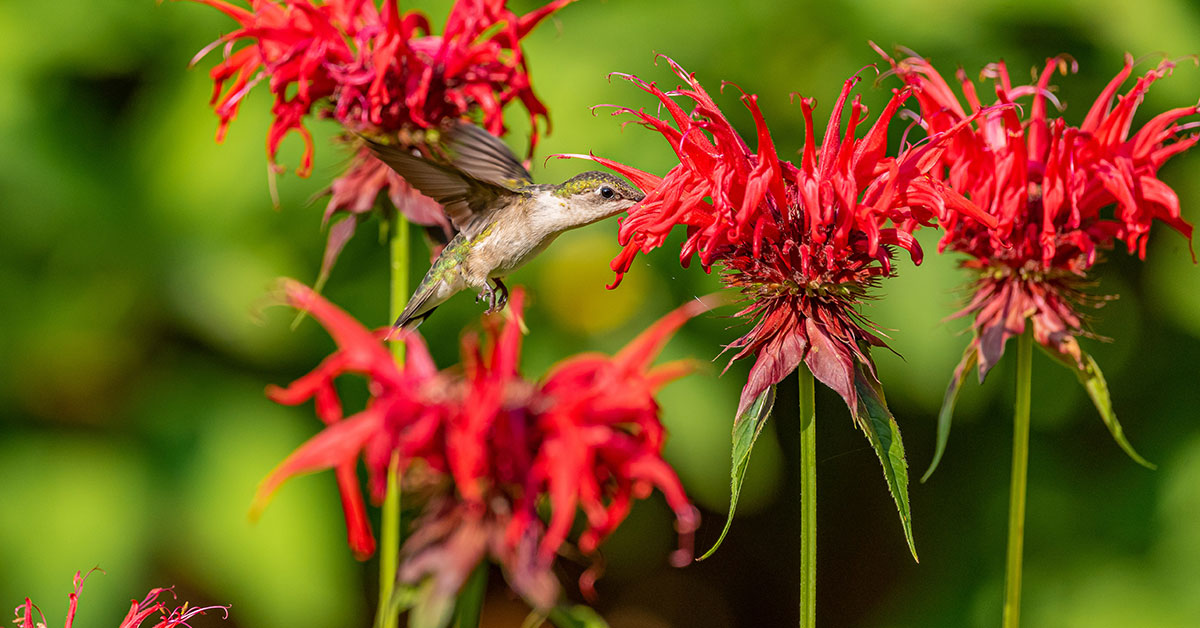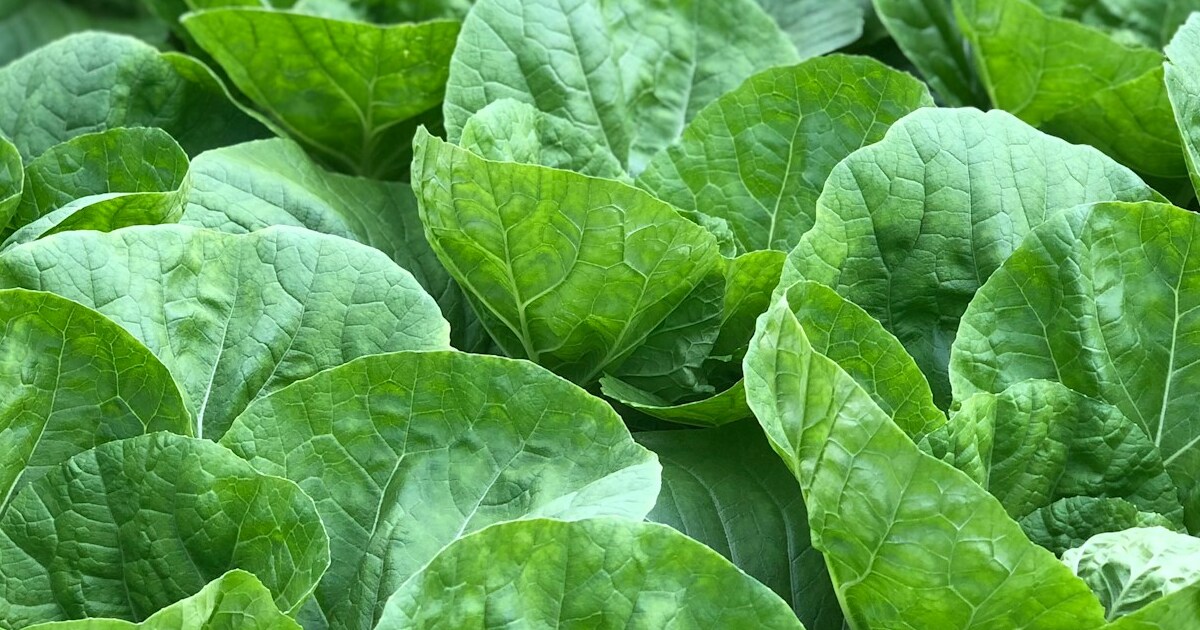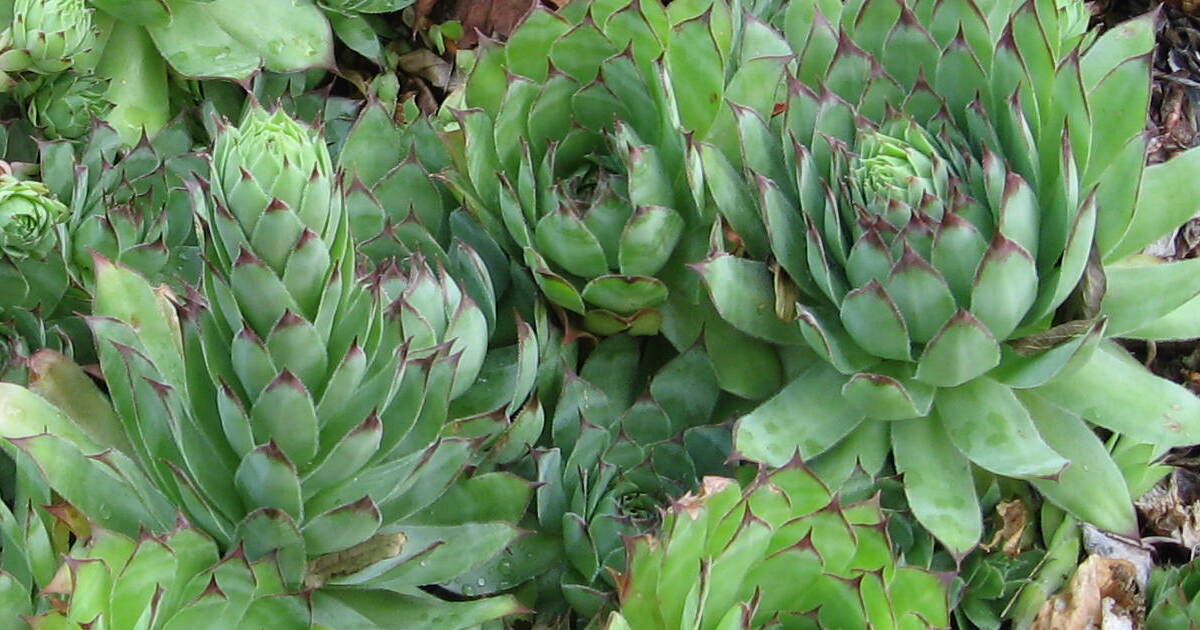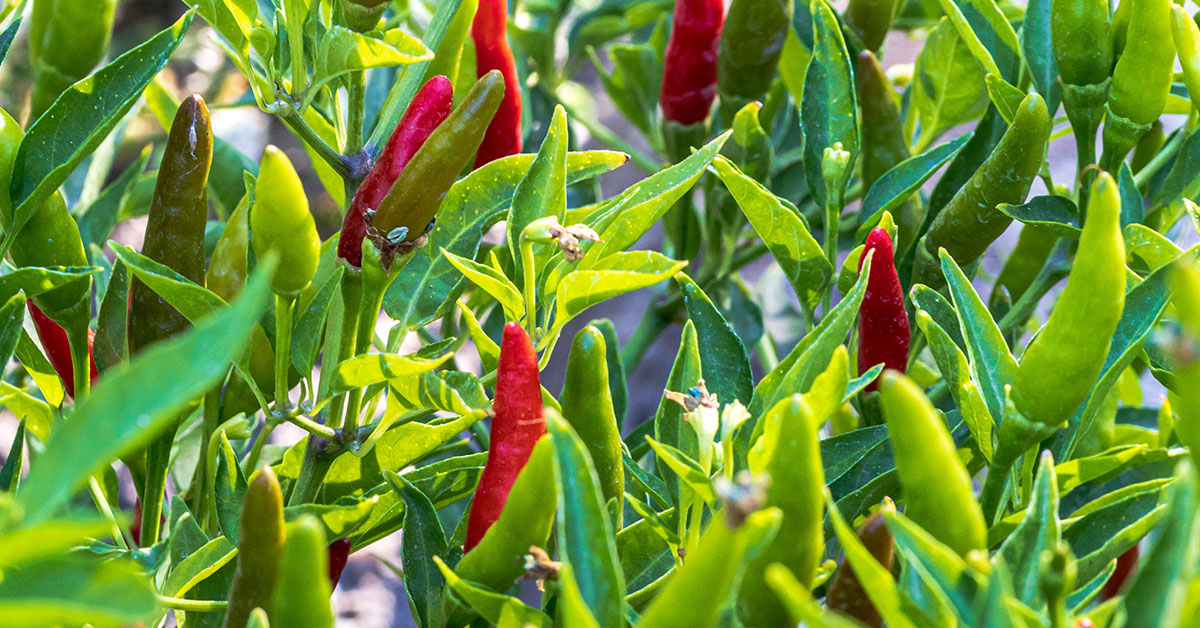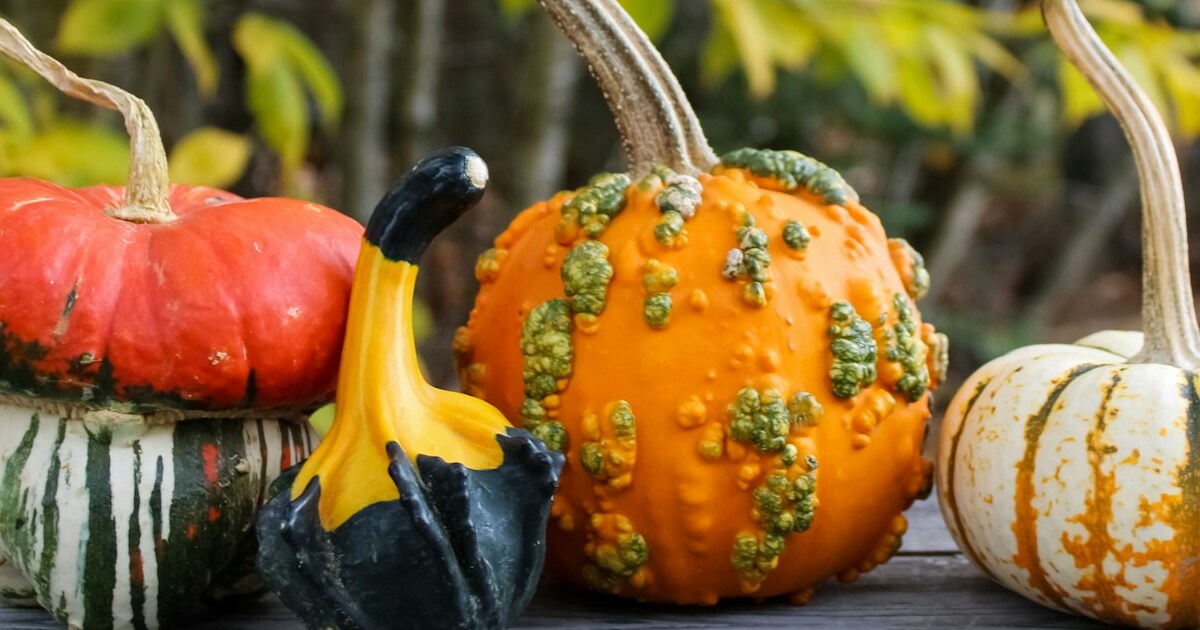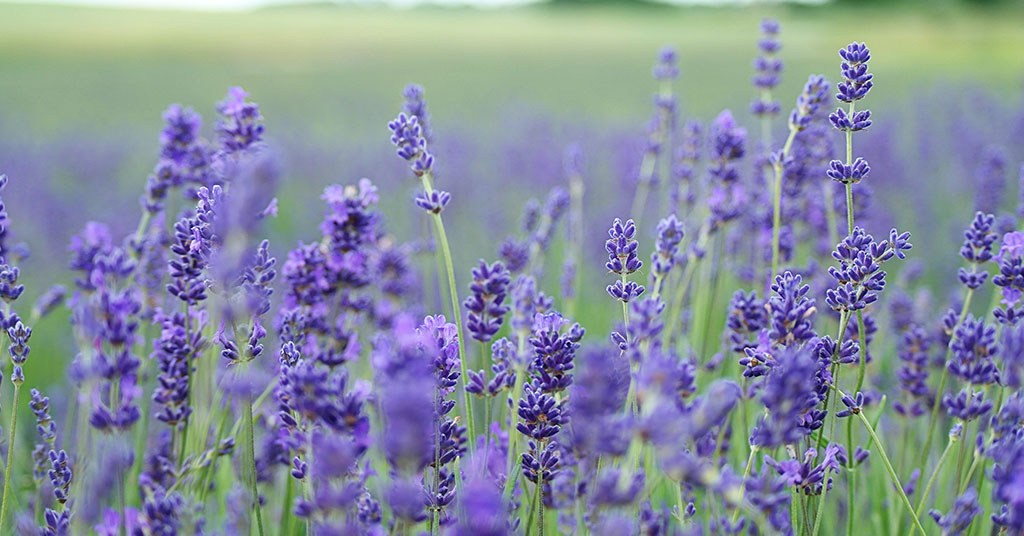Hello, fellow garden enthusiasts! If you’ve ever longed for a splash of vibrant orange to brighten up your garden beds, then you’re in for a treat. I know firsthand the struggle of trying to make a shady corner or a modest plot truly pop with color. Over the years, I’ve discovered that orange flowering perennials not only deliver brilliant hues but also offer a myriad of benefits—from attracting essential pollinators to creating micro-habitats for nesting insects. These ten stunning plants are sure to ignite your gardening passion and add a warm, energizing glow to any landscape!
I completely understand the frustrations of battling pests and working with less-than-ideal growing conditions, so I’m excited to share these hardy and beautiful perennials with you. In this article, you’ll find detailed insights about where each plant is native, tips on proper care, and even notes on whether any of them might be considered invasive. Whether you’re an experienced gardener or just starting out, these orange gems are guaranteed to transform your garden into a radiant paradise—one petal at a time!
Bee Balm (Monarda didyma)

Bee Balm is an absolute show-stopper that brings a radiant burst of orange to your garden while also inviting a host of buzzing pollinators! Native to North America, this perennial not only offers vibrant, ruffled blooms but also has a rich history of use in herbal remedies. Its bold color variations—from deep, fiery orange to softer, almost peachy hues—create a dynamic display that captures the eye and brightens any planting bed. I’ve witnessed how these clusters of blossoms become a natural gathering spot for bees, hummingbirds, and even butterflies, all drawn to its sweet nectar and subtle fragrance.
In addition to its visual and aromatic appeal, Bee Balm plays a vital role in your garden’s ecosystem. The plant’s structure provides shelter and even potential nesting spots for small beneficial insects, making it a living, interactive part of your outdoor space. While Bee Balm is generally well-behaved and non-invasive, regular deadheading can promote extended blooming and help maintain its compact form. For gardeners seeking a perennial that marries beauty with ecological benefits, Bee Balm is truly a must-have addition!
Lantana (Lantana camera)
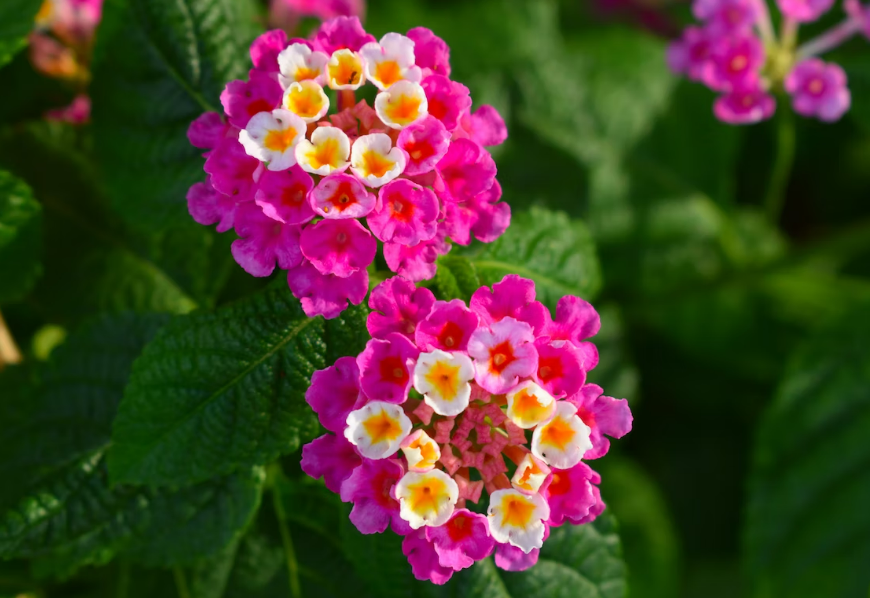
Lantana is a tropical delight that offers a vibrant cascade of orange flowers, perfect for adding an exotic flair to your garden! Originally native to the Americas, Lantana camara is celebrated for its clusters of small, tubular blooms that change color over time, often showcasing brilliant oranges among other hues. In my experience, its cheerful flowers attract an abundance of pollinators—especially butterflies and bees—that contribute to a lively and balanced garden ecosystem. Its sprawling habit makes it an ideal choice for container gardening on a porch or for filling in larger beds with a burst of color.
However, it’s important to note that in some regions Lantana can become invasive if not properly managed. I always recommend keeping it contained in a controlled area or container, particularly in climates where its vigorous growth might otherwise overwhelm neighboring plants. With regular pruning and mindful placement, Lantana remains a stunning focal point that brings tropical energy without compromising your garden’s harmony. Its dynamic display and resilience truly make it a standout for anyone seeking a splash of warmth and brightness!
Butterfly Weed (Asclepias tuberosa)

Butterfly Weed is a perennial treasure that dazzles with its vibrant orange blossoms and remarkable ecological benefits! Native to the prairies and open woodlands of North America, this plant is renowned for its showy, clustered flowers that not only brighten your garden but also serve as an essential nectar source for butterflies, bees, and other pollinators. I’ve observed how its bright, trumpet-shaped blooms attract monarch butterflies, making it a living haven for these delicate creatures during their long migrations. Its unique beauty and hardiness make it a perennial favorite for gardens that thrive on attracting wildlife.
Beyond its dazzling visual appeal, Butterfly Weed plays an important role in supporting a healthy garden ecosystem. The plant’s structure offers shelter for small insects and even serves as a potential nesting site for ground-dwelling species that help control pest populations. Although it is not considered invasive, providing well-draining soil and ample sunlight will help ensure its robust growth without allowing it to crowd out nearby companions. Butterfly Weed is a vibrant example of how a single plant can transform your garden into a bustling, living sanctuary!
Salvia greggii (Autumn Sage)

Salvia greggii, often known as Autumn Sage, brings a delightful warmth to your garden with its striking orange blooms and graceful habit! Native to the arid regions of southwestern North America, this perennial thrives in hot, sunny conditions and is renowned for its long flowering period that can extend well into the cooler months. I’ve been consistently impressed by how its vibrant flowers attract hummingbirds, bees, and butterflies—each visit contributing to a dynamic, living tapestry of pollination right in my garden. Its aromatic foliage and showy blooms provide both sensory pleasure and essential ecological benefits.
In addition to its stunning visual appeal, Salvia greggii is remarkably adaptable and low-maintenance. Although it prefers full sun and well-draining soil, it can tolerate occasional dry spells, making it perfect for gardeners who sometimes struggle with water management. It is not considered invasive, so you can enjoy its prolific blooming without worry. With regular deadheading to encourage new growth, Autumn Sage becomes a continuous source of lively, orange brilliance—a true delight for any garden striving to be both beautiful and biodiverse!
Blanket Flower (Gaillardia pulchella)
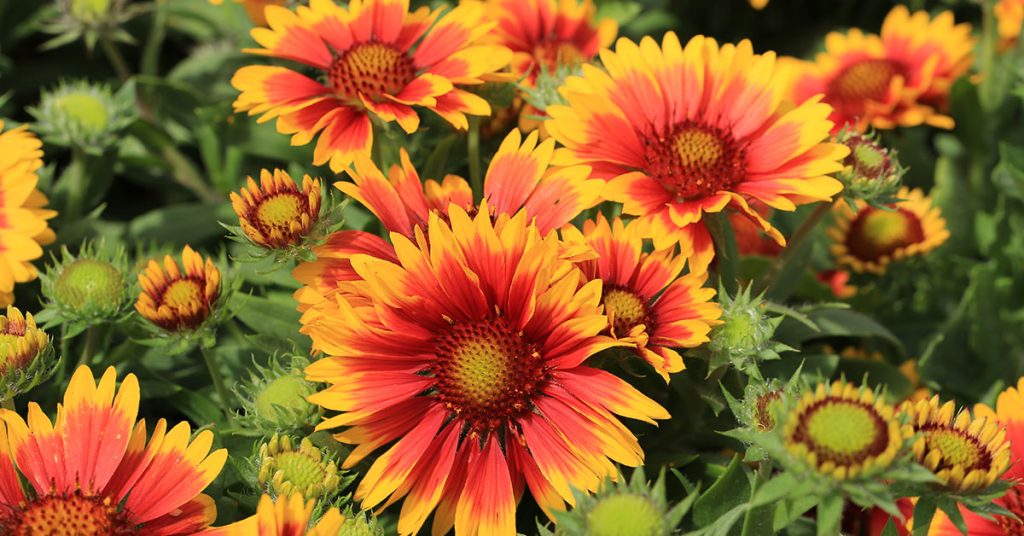
Blanket Flower is a perennial powerhouse that delivers a stunning display of warm orange hues and fiery red accents! Native to the prairies of North America, Gaillardia pulchella is known for its daisy-like appearance and remarkable drought tolerance, making it an excellent choice for gardens in arid climates or those with challenging soil conditions. I’ve found that its vibrant, almost wild blooms attract an array of pollinators—from bees and butterflies to even some hummingbirds—which all come to feast on its abundant nectar. Its effortless charm can turn even a neglected corner into a beacon of natural beauty.
The robust nature of Blanket Flower means it’s both resilient and easy to care for, though it does enjoy regular deadheading to extend its flowering period. While it naturally reseeds and spreads in some areas, it’s generally not considered invasive if managed properly, making it a safe bet for most garden settings. I always appreciate how this plant not only provides a burst of color but also supports local wildlife by creating miniature habitats for nesting insects. Blanket Flower is truly a testament to nature’s ability to thrive in tough conditions while still offering breathtaking beauty!
Red Hot Poker (Kniphofia uvaria)
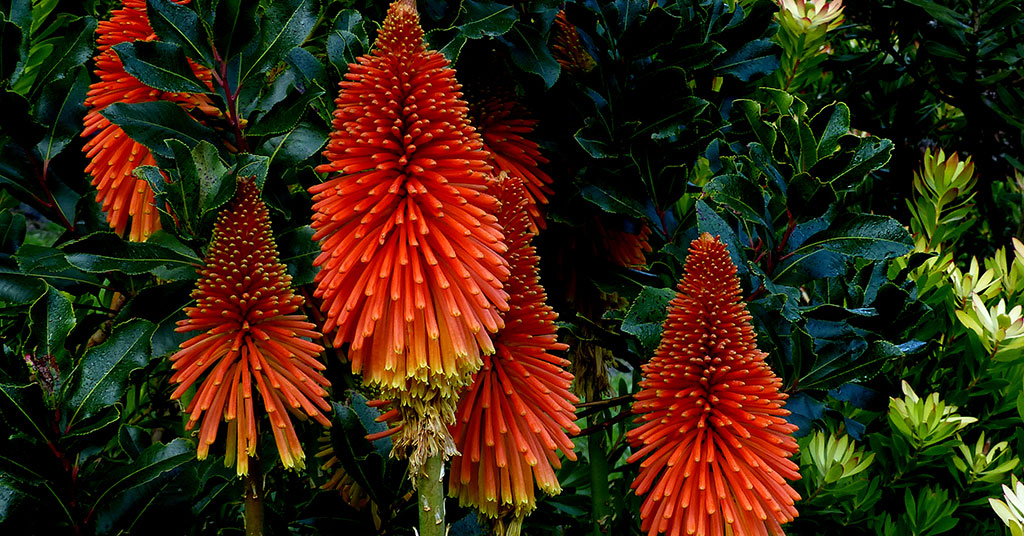
Red Hot Poker is a striking perennial that dazzles with its tall, torch-like spikes of brilliant orange and red! Native to the wetlands and grasslands of Africa, Kniphofia uvaria is celebrated for its bold, vertical display that adds a dynamic architectural element to any garden. I’ve marveled at how its flaming hues not only capture attention but also serve as a beacon for a host of pollinators, including bees and hummingbirds, who are drawn to its nectar-rich blossoms. Its dramatic form is perfect for creating focal points in a mixed border or as a standalone statement in a modern landscape.
Caring for Red Hot Poker is relatively straightforward, though it does appreciate well-draining soil and a sunny location to truly showcase its vibrant colors. While it is not typically invasive, its vigorous growth habit means it can spread in ideal conditions, so occasional division may be necessary to keep it in check. I love how this plant’s bold energy transforms a garden space, adding both height and a splash of warmth that can lift the overall mood of your outdoor haven. Red Hot Poker is a thrilling choice for any gardener looking to make a powerful, colorful statement!
Indian Paintbrush (Castilleja coccinea)
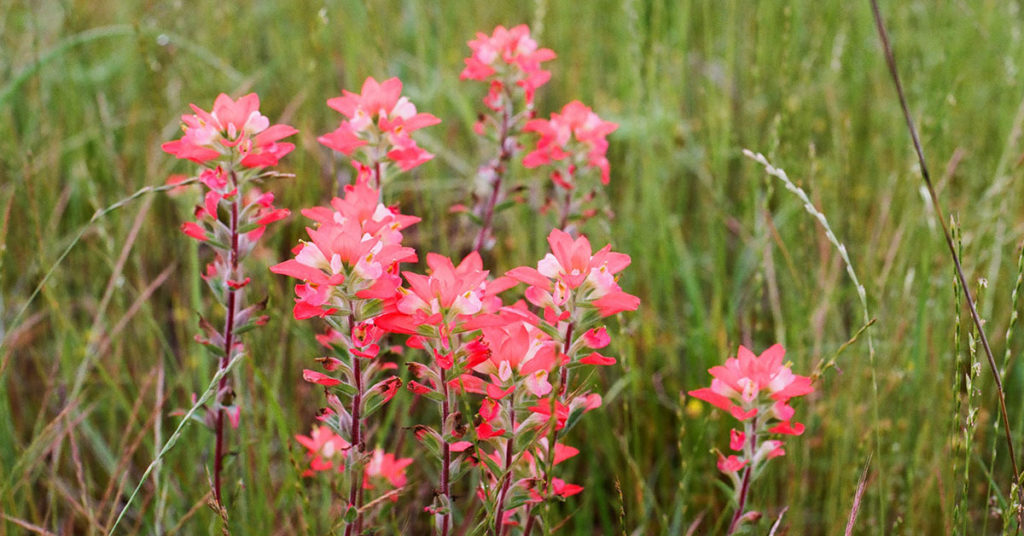
Indian Paintbrush is a perennial wildflower that enchants with its delicate, fiery orange bracts and unique, almost ethereal presence in the garden! Native to North America, particularly the prairies and open woodlands, Castilleja coccinea is renowned for its parasitic lifestyle—gently attaching to the roots of neighboring plants to supplement its nutrients, which adds an intriguing twist to its ecological role. I’ve been captivated by how its vivid orange splashes stand out against a backdrop of green, drawing in an assortment of pollinators such as bees and butterflies that appreciate its nectar. Its almost otherworldly charm makes it a favorite for naturalistic garden designs.
Despite its delicate appearance, Indian Paintbrush is remarkably resilient in its preferred habitats, thriving in well-drained soils with full sun to partial shade. It is not known to be invasive; instead, it plays a balanced role in its native ecosystems by coexisting harmoniously with surrounding flora. Regular care is minimal—just a little attention to soil moisture can keep this plant flourishing. For those seeking a touch of wild, untamed beauty with a burst of brilliant orange, Indian Paintbrush is an exceptional choice that adds both visual intrigue and ecological value to your garden!
Orange Daylily (Hemerocallis)
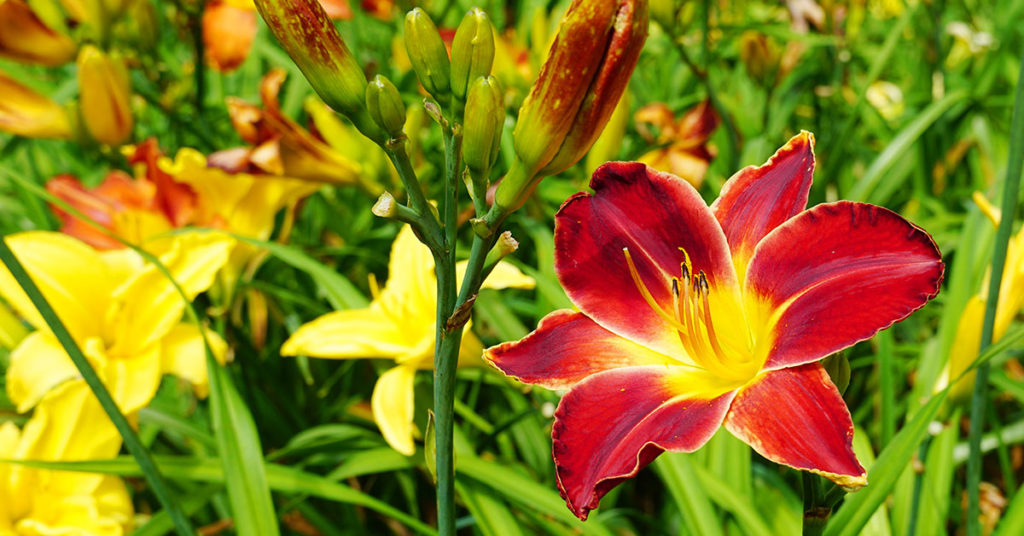
Orange Daylilies are a vibrant and dependable addition to any garden, celebrated for their brilliant, sun-soaked blossoms that seem to capture the essence of summer! Although daylilies are native to various parts of Asia, they have been embraced worldwide for their ease of cultivation and striking flower display. In my garden, these perennials burst into life with a cascade of orange petals that attract bees, butterflies, and even hummingbirds, each visit adding to the lively, buzzing atmosphere. Their robust nature makes them a reliable favorite for gardeners seeking both beauty and durability in low-maintenance plants.
While Orange Daylilies are generally not considered invasive, they do have a vigorous spreading habit that can be managed with periodic division to maintain their ideal form. They thrive in full sun to partial shade and benefit from regular watering during dry spells, ensuring a continuous display of gorgeous blooms throughout the growing season. I find that their cheerful presence and dynamic energy make them a perfect focal point or a colorful complement to a mixed border. With each burst of orange brilliance, these daylilies remind me that even in challenging conditions, nature has a wonderful way of flourishing!
Coreopsis (Tickseed)
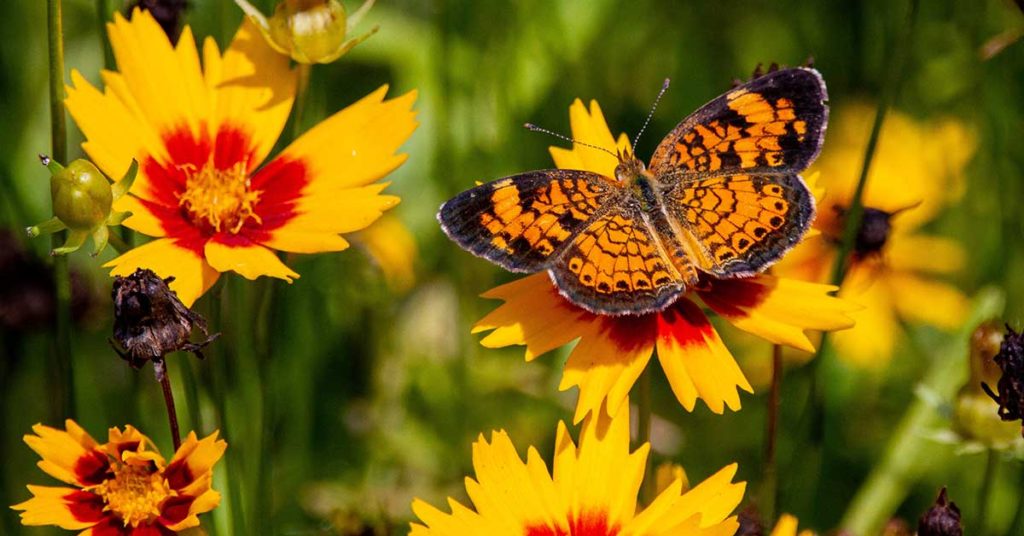
Coreopsis, often referred to as Tickseed, is a perennial delight that offers a profusion of bright orange flowers with a touch of daisy-like charm! Native to North America, Coreopsis is well-known for its hardiness and ability to flourish in a variety of soil conditions, making it a versatile choice for gardeners everywhere. I’ve been amazed at how its sunny, orange blooms naturally attract a host of pollinators, from bees to butterflies, creating a vibrant and interactive ecosystem in my garden. Its cheerful display is not only a feast for the eyes but also an essential component in sustaining local biodiversity.
This adaptable perennial thrives best in full sun and well-drained soil, where its prolific blooming can transform an otherwise plain garden area into a lively, radiant space. Coreopsis is generally not invasive, and its moderate growth habit means it can be used both as a border accent and as part of a larger wildflower mix. Regular deadheading helps promote a longer flowering period, ensuring that your garden remains awash with its signature orange glow. For any gardener seeking a blend of resilience, beauty, and ecological harmony, Coreopsis is a timeless and dependable favorite!
Orange Beardtongue (Penstemon)
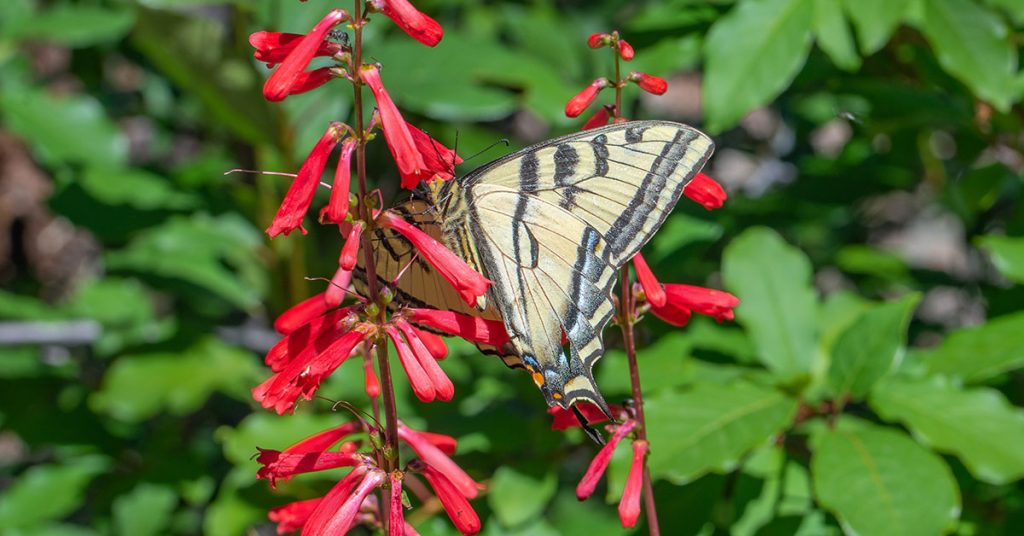
Orange Beardtongue is a striking perennial that adds a unique burst of color and texture to the garden with its vibrant, tubular orange blooms! Native to North America, many Penstemon species have been treasured for their ornamental value and their ability to attract a wide range of pollinators. I’ve observed how its elongated flowers serve as a perfect landing pad for bees and hummingbirds, while the distinctive “beard” of stamens provides an added visual flair that is both unusual and captivating. Its dynamic form makes it an excellent choice for borders, rock gardens, or container plantings on a sunny porch.
This hardy plant thrives in well-drained soils and full sun, conditions that help it showcase its bold, orange petals to maximum effect. While Orange Beardtongue is not considered invasive, regular pruning can help maintain its shape and encourage a more profuse bloom. I truly appreciate how it brings a touch of modern elegance to traditional garden settings, blending rugged charm with a refined burst of color. With each visit from pollinators, this perennial reinforces the notion that even a single, well-chosen plant can transform your outdoor space into a vibrant tapestry of life and light!


